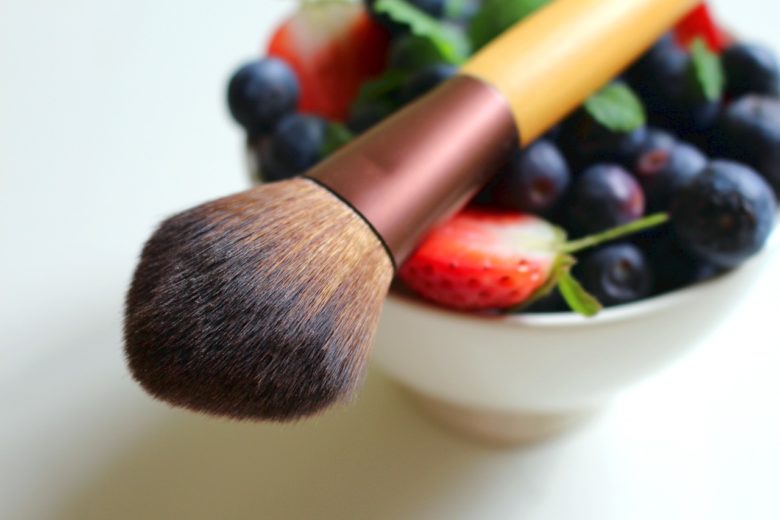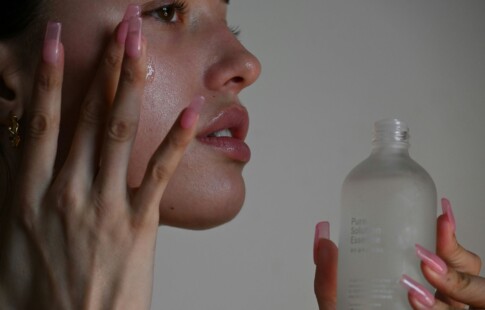
How Did Sustainable Beauty Begin, and What Are the Current Trends?
We are reader-supported. When you buy through links on our site, we may earn affiliate commission.
This is the second post in a five-part series environmental issues with the sustainable beauty industry, areas it’s excelling in sustainability and where we can expect to see sustainability efforts improve in the future. You can find the previous post here.
In today’s electronically connected world, consumers have greater access to information about the products they use than ever before. As a result, manufacturers face increasing public pressure to abandon wasteful production practices and embrace cleaner, greener alternatives for sustainable beauty.
The beauty industry stands at the forefront of the sustainability movement. Consumers criticize non-essential items most harshly. While few people encounter public scorn for activities such as driving — which pollutes heavily but remains a necessity — choosing to patronize beauty brands accused of unsustainable practices has long raised eyebrows. Cosmetics manufacturers continue to experiment with new techniques to create products that enhance beauty without destroying the planet.
The History of Sustainability
Before the proliferation of the internet, cosmetic companies still faced public scrutiny over their practices. One of the earliest mass outcries against cosmetic manufacturers began in 1944 with the invention of the Draize test.
Because of stricter guidelines for safety administered by the Food and Drug Administration, the Draize eye and skin irritancy test quickly became widely implemented by manufacturers of personal hygiene products. Problems arose when animal activists learned the Draize test led to the suffering of countless rabbits, whose eyes were pinned open to receive chemical-laden drops that often blinded them. Researchers also shaved animals to test for skin irritation, leading many to develop painful skin lesions that then went untreated.
As time passed, public outcry led many manufacturers to abandon the Draize test in lieu of more humane alternatives. Yet other issues regarding sustainability soon arose.
Many consumers understand the importance of reducing their carbon footprint than ever before. This awareness helped rally cries for decreasing waste in the manufacturing of cosmetic products, from lessening the amount of water used in the production process to replacing non-renewable materials such as single-use plastics with more eco-friendly alternatives.
In addition, increased awareness of gender issues — particularly gender neutrality and gender fluidity — has created demand for products that cross gender lines. Some savvy manufacturers now market products directly to men or to those who do not fall near either end of the gender spectrum.
Sustainability and Beauty Industry Trends
Several recently emerging trends among beauty manufacturers demonstrate the industry’s move toward greater environmental sustainability. One such trend involves the use of reusable containers to hold cosmetic formulations.
For example, rising cosmetic giant LOLI Beauty exclusively utilizes compostable materials for some packaging. Their innovations include re-purposed used food containers to hold their natural cosmetic concoctions.
Such innovations also bless consumers with the opportunity to truly personalize their beauty routines. LOLI Beauty sells mix-ins which customers can add to base formulations to create unique blends especially suited to their skin type and needs.
Some politicians have hopped aboard the sustainable cosmetics train. Senator Dianne Feinstein, D-Calif., recently introduced the Personal Care Products Safety Act. If passed, the bill will strengthen the regulations surrounding the use of chemicals in hygiene and cosmetic products.
Manufacturers, too, have found that instituting eco-friendly measures also benefits their bottom line. Many personal care products manufacturers now implement recycling initiatives where old cosmetic containers can be returned for reuse.
Like any trend, the trend toward sustainability has inspired many manufacturers to hop on the green bandwagon, but not all products labeled as natural or chemical-free truly come from natural sources. Industry professionals seek to standardize labeled meanings so that consumers can rest assured their purchases won’t harm the planet. However, until standardization is fully in place, consumers do well to seek out products labeled as organic.
The Future of Cosmetic Distribution and Packaging
Cosmetic manufacturers must also consider the packaging and distribution of their products in their efforts to move to sustainable practices. In regards to distribution, few alternatives currently exist to the conventional semi-truck. But as electric vehicle design advances, cleaner-burning vehicles will move cosmetics from plant to store shelves while emitting fewer carbons. Drones, too, hold promise for the distribution industry.
In the meantime, however, manufacturers can choose to reuse packing materials such as wooden pallets and cardboard boxes. Likewise, green personal care product distributors can reduce the use of styrofoam for more easily recyclable alternatives.
In regards to packaging, many manufacturers have chosen to eschew single-use plastics in favor of greener options. Some utilize ocean plastics, which involves scraping plastic discarded in the ocean and reusing it to create clear packaging that highlights the product within. Others have sought out packaging materials from easily renewable resources such as hemp.
Moving Forward in Sustainable Beauty
The move toward greater environmental stewardship on the part of cosmetic and personal care product manufacturers holds within it the possibility of substantial marketplace gains. Multiple market studies show that consumers willingly pay more for products that treat Mother Earth with care.
One exciting growth sector includes offering more personalized products to consumers. Allowing consumers to mix and match the ingredients in their beauty products to suit their unique hair or skin profile pairs perfectly with delivering products wrapped in little more than hemp paper. In addition, as consumers grow more informed about the effects of chemicals as potential carcinogens, products featuring ingredients consumers can easily pronounce on the label will find greater favor.
Making the switch to genuinely sustainable beauty will require much work on the part of manufacturers and customers alike. However, the payoff to our health as human beings and the overall health of our planet make the time and effort that go into the creating of green products — as well as locating these products on our store shelves — well worth it.
Share on
Like what you read? Join other Environment.co readers!
Get the latest updates on our planet by subscribing to the Environment.co newsletter!
About the author

Jane Marsh
Starting from an early age, Jane Marsh loved all animals and became a budding environmentalist. Now, Jane works as the Editor-in-Chief of Environment.co where she covers topics related to climate policy, renewable energy, the food industry, and more.





